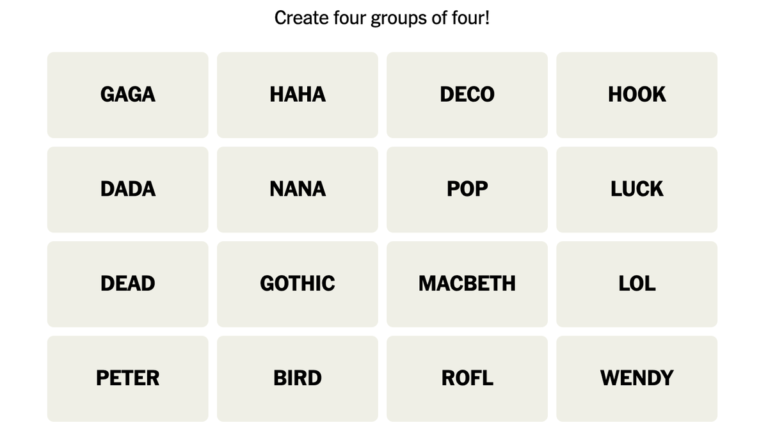The Corpse Flower: At Risk of Extinction
Rafflesia, also known as the corpse flower, is a parasitic plant that emits an odor of putrefying flesh. It has fascinated botanists for centuries but is now in danger of extinction. Destruction of forest habitats in Southeast Asia is threatening the genus, which includes the largest flowers in the world. There are 42 species of Rafflesia, with 25 classified as critically endangered and 15 as endangered.
A new study published in the journal Plants, People, Planet warns that more than two-thirds of these species are not protected by current conservation strategies. This is the first global assessment of the threats facing Rafflesia. The University of Oxford Botanic Garden, an author of the study, emphasizes the need for a cross-regional approach to save these remarkable flowers.
Rafflesia is poorly understood due to its hidden life cycle, and many populations are believed to have only a few hundred individuals. Some species have been eradicated before even being discovered by scientists. The plant is parasitic, lacking leaves, stems, or roots, and gets its food and water from tropical jungle vines in Southeast Asia. Rafflesia spends most of its life hidden within the vine, emerging as a giant rubbery flower when it blooms.
Currently, only one Rafflesia species is listed as critically endangered, but researchers are pushing for all species to be added to the IUCN red list of threatened species. They call for increased habitat protection, better understanding and conservation efforts, and new propagation methods. Scientists also want to involve local communities through ecotourism to promote Rafflesia conservation in a sustainable way.
Source: The World’s Largest—and Stinkiest—Flower Is in Danger of Extinction







